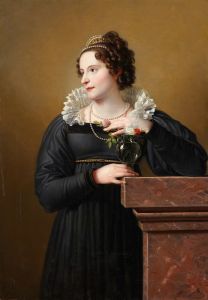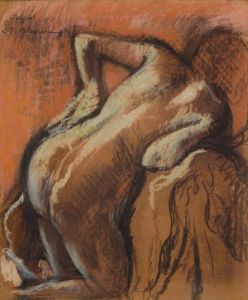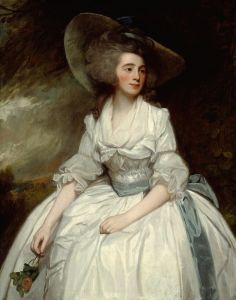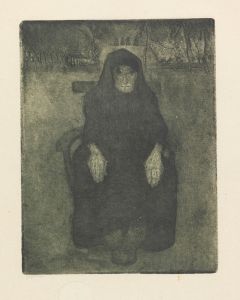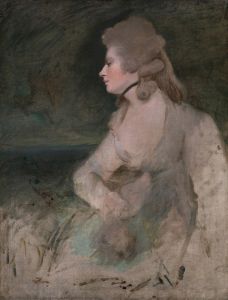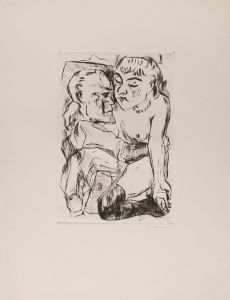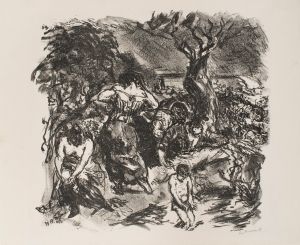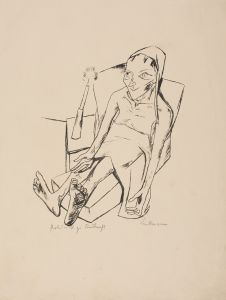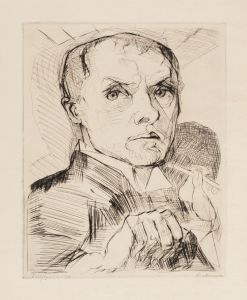
Women’s Bath
A hand-painted replica of Max Beckmann’s masterpiece Women’s Bath, meticulously crafted by professional artists to capture the true essence of the original. Each piece is created with museum-quality canvas and rare mineral pigments, carefully painted by experienced artists with delicate brushstrokes and rich, layered colors to perfectly recreate the texture of the original artwork. Unlike machine-printed reproductions, this hand-painted version brings the painting to life, infused with the artist’s emotions and skill in every stroke. Whether for personal collection or home decoration, it instantly elevates the artistic atmosphere of any space.
Max Beckmann's painting "Women’s Bath" is a notable work by the German artist, who is recognized as one of the leading figures of the Expressionist movement. Beckmann, born in 1884 in Leipzig, Germany, developed a unique style that often combined elements of Expressionism with a more personal, symbolic approach. His works frequently explore themes of human experience, societal issues, and the complexities of modern life.
"Women’s Bath" was painted in 1943, during a period when Beckmann was living in exile in Amsterdam, having fled Nazi Germany in 1937. This era of his work is marked by a deep introspection and a focus on the human condition, often reflecting the turmoil and displacement he experienced during these years. The painting is a part of Beckmann's exploration of the human form and social interactions, a recurring theme throughout his career.
The composition of "Women’s Bath" is characterized by its bold use of color and dynamic forms. Beckmann employs a vivid palette, using strong contrasts to highlight the figures within the scene. The painting depicts a group of women in a bathing setting, a subject that allows Beckmann to explore themes of intimacy, vulnerability, and the human body. The figures are rendered with Beckmann's distinctive style, which often includes exaggerated forms and a sense of movement, contributing to the emotional intensity of the work.
Beckmann's technique in "Women’s Bath" reflects his mastery of line and form. He uses strong, decisive lines to delineate the figures, creating a sense of structure and order within the composition. This approach is typical of Beckmann's work, where the interplay of line and color serves to convey the emotional and psychological depth of the scene.
The context in which "Women’s Bath" was created is significant to understanding its themes and execution. During the early 1940s, Beckmann was grappling with the impact of World War II and his own displacement. This period of his life was marked by a sense of isolation and a search for meaning, which is often reflected in his art. "Women’s Bath" can be seen as a reflection of these experiences, capturing the tension between the external chaos of the world and the internal world of the individual.
Beckmann's work, including "Women’s Bath," has been influential in the development of modern art. His ability to blend personal experience with broader social commentary has resonated with audiences and artists alike. Beckmann's paintings are celebrated for their complexity, emotional depth, and unique style, which continue to be studied and appreciated in the context of 20th-century art.
"Women’s Bath" remains an important example of Beckmann's artistic vision and his contribution to the Expressionist movement. It exemplifies his ability to capture the nuances of human experience through a distinctive visual language, making it a significant work in his oeuvre and in the broader context of modern art history.






